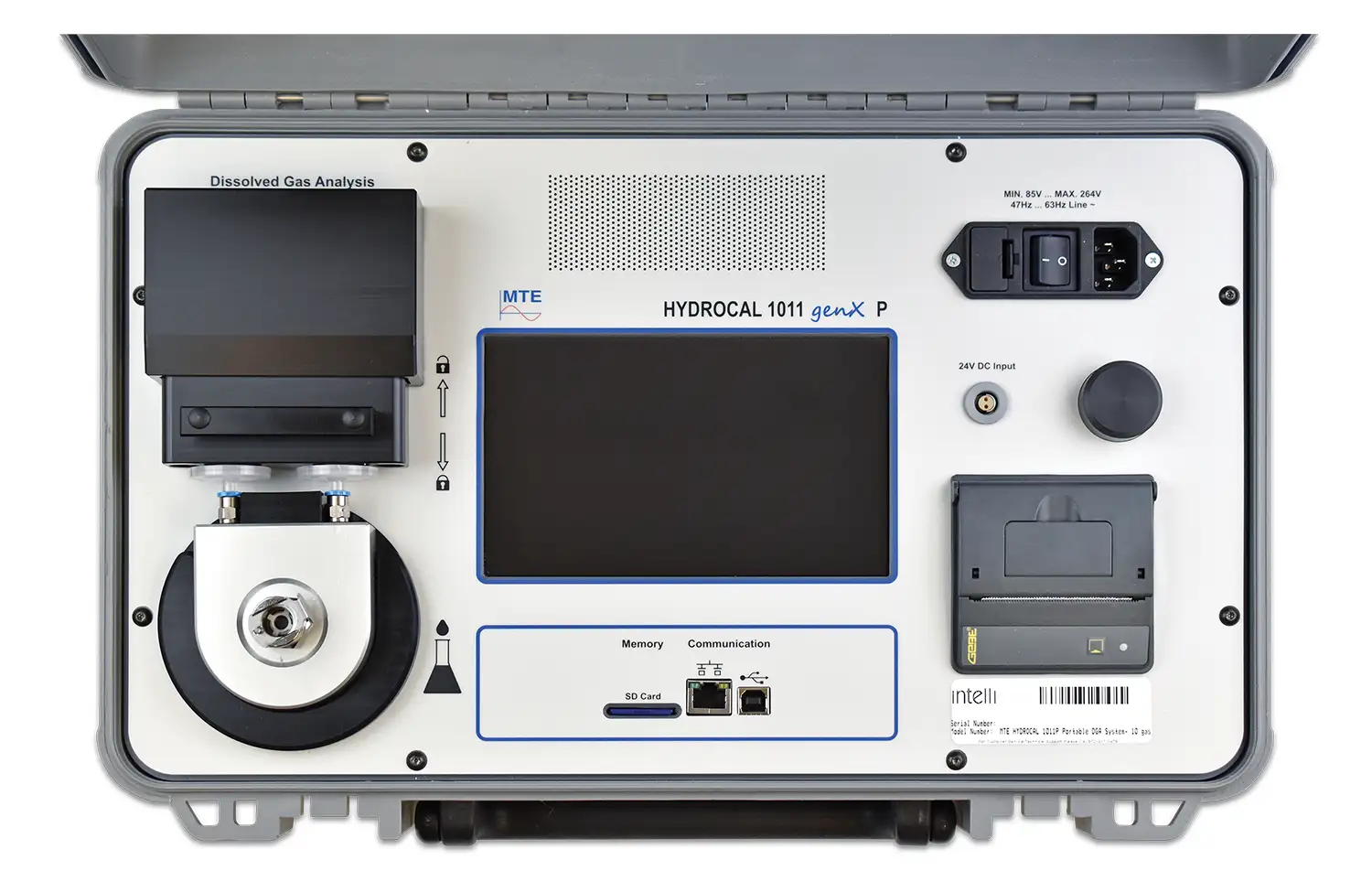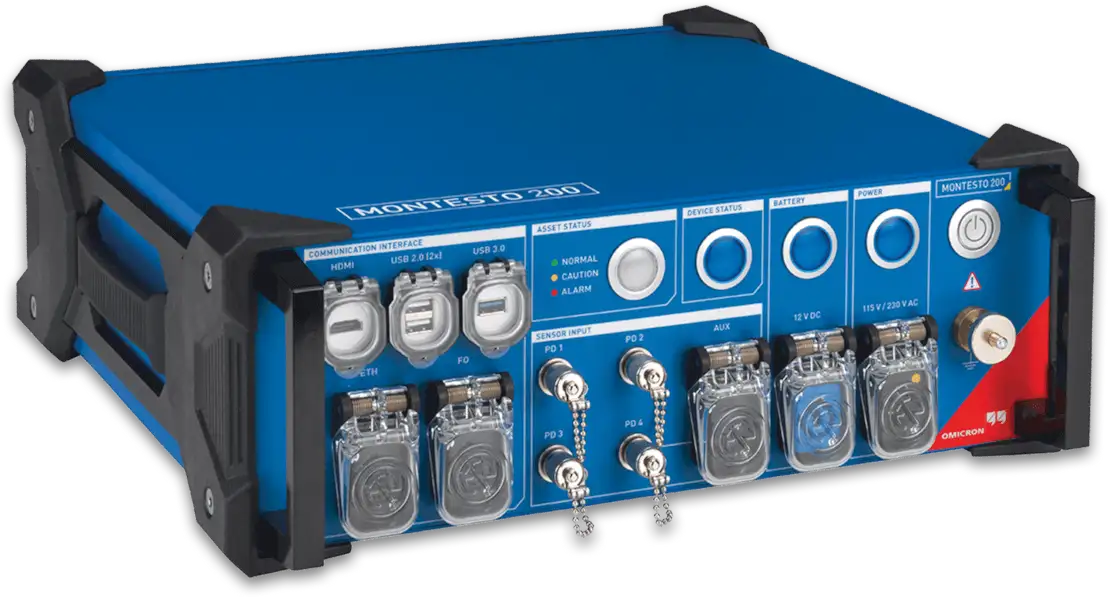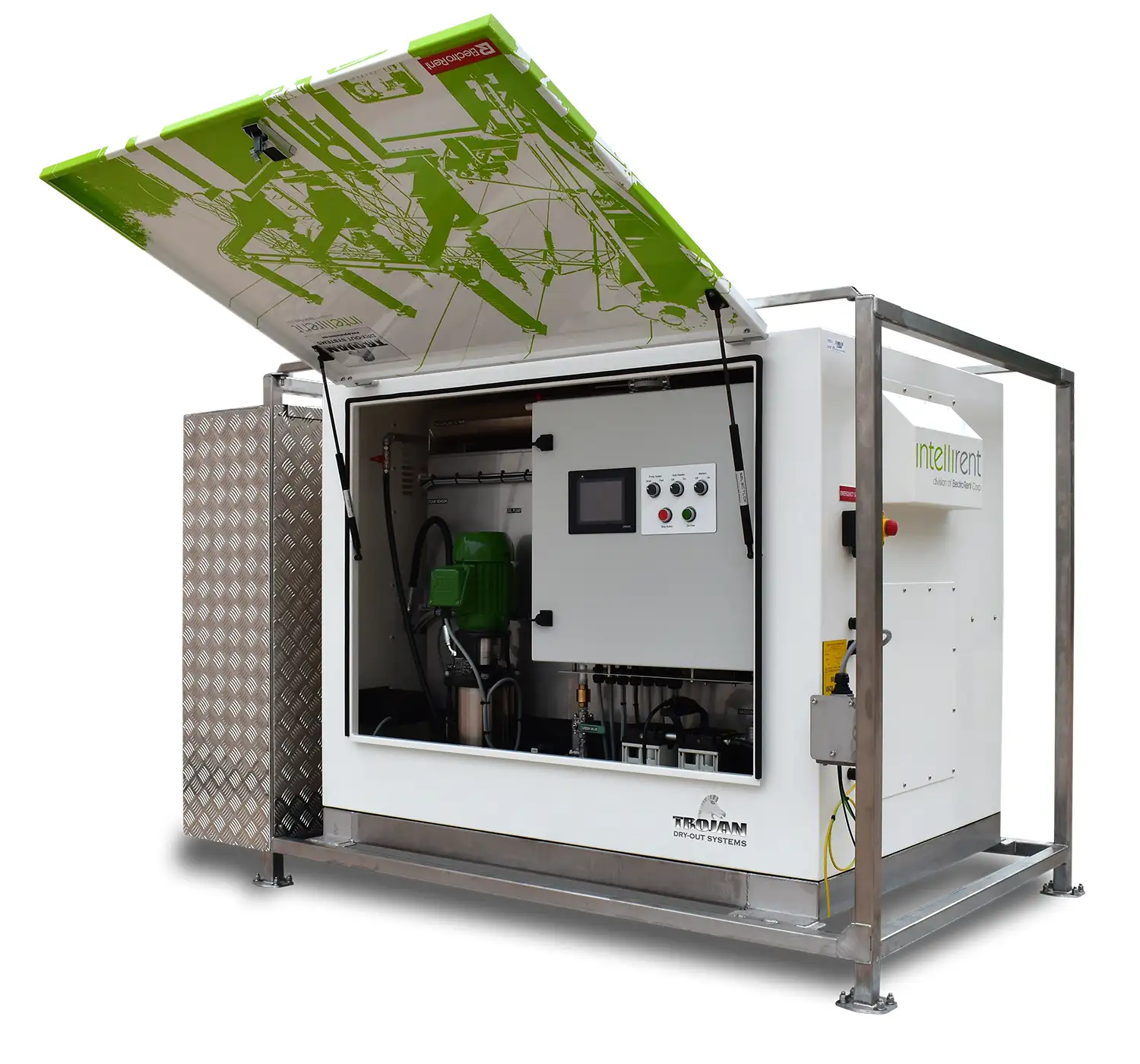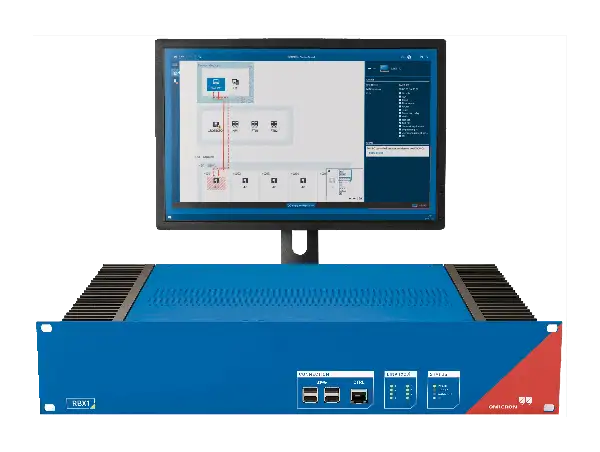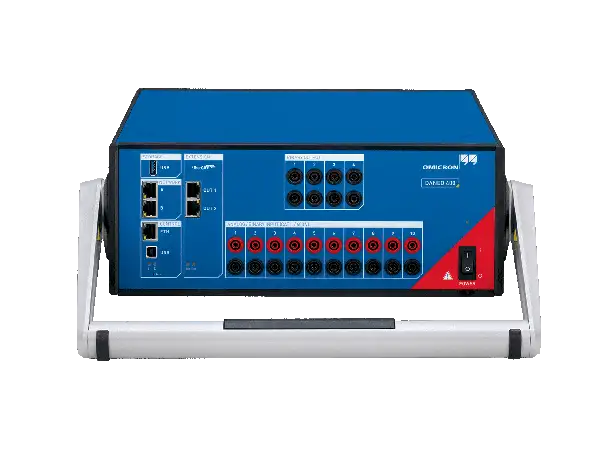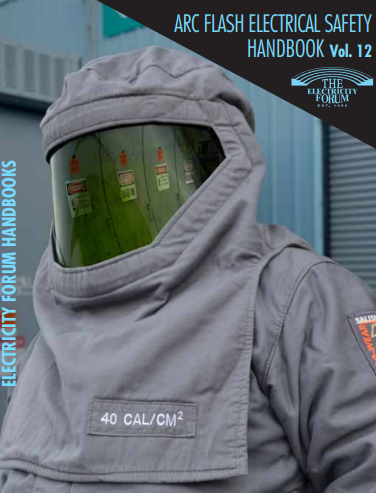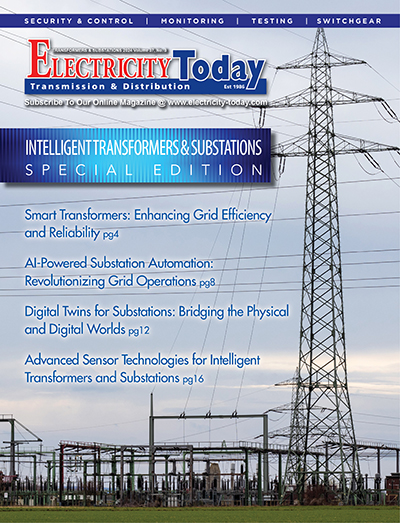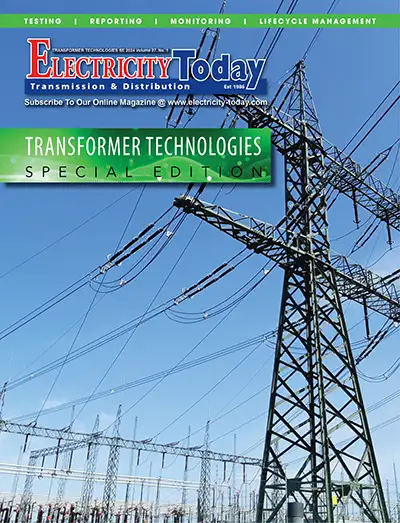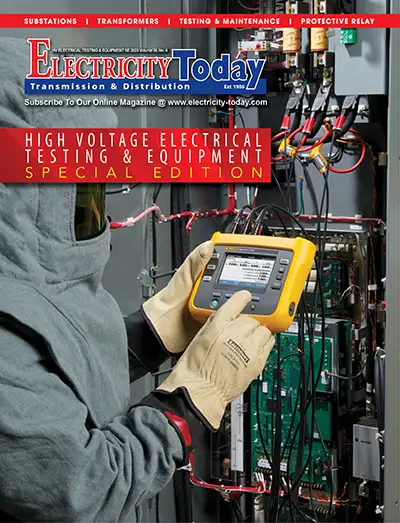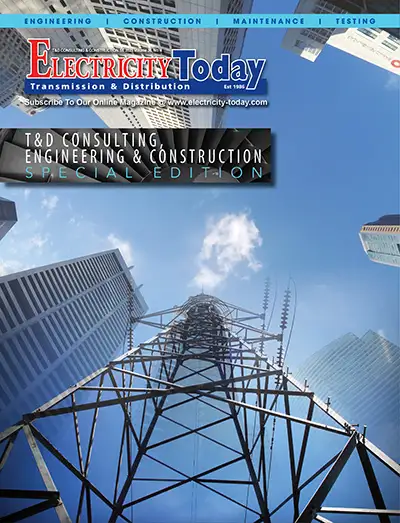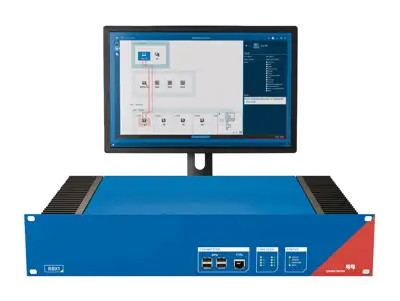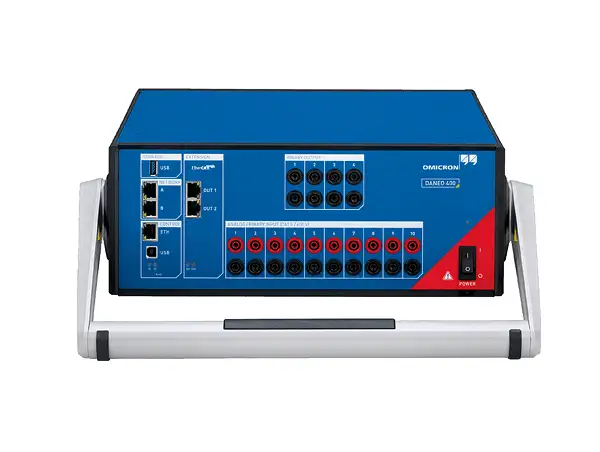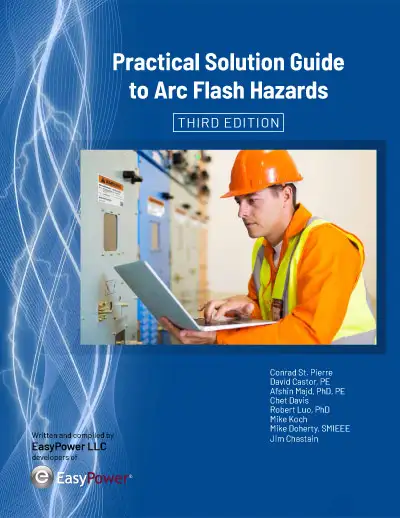High Voltage Safety Precautions and Practices
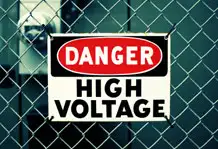
High voltage safety refers to the precautions and practices necessary to prevent injury or death from electric shock exposure to high voltage electricity. High voltage electricity is defined as any electrical current greater than 600 volts. It is typically found in power lines, transformers, and other electrical equipment used in industrial and commercial settings.
The following are some essential safety measures to keep in mind when working around high voltage electricity:
-
Proper training: Anyone working around high voltage systems should be trained on the proper safety procedures and precautions when dealing with energized equipment. This includes knowing how to use personal protective equipment (PPE) properly and understanding the potential hazards of working with high voltage electricity.
-
Use of appropriate PPE: Personal protective equipment (PPE) is essential for working safely around high voltage equipment. This includes insulated gloves, safety glasses, and fire-resistant clothing.
-
Lockout/tagout procedures: Lockout/tagout procedures prevent accidental energization of electrical equipment during maintenance or repair work. This involves turning off the power source and securing it with a lock or tag to prevent someone from accidentally turning it back on.
-
Electrical hazard analysis: Before working on any electrical equipment, performing an electrical hazard analysis is important to identify potential hazards and develop a mitigation plan.
-
Safe work practices: Safe work practices are essential for preventing accidents and injuries around high voltage electricity. These include never working alone, always maintaining a safe distance from electrical equipment, and never assuming that electrical equipment is de-energized and grounded.
-
Emergency procedures: In the event of an electrical accident or injury, it is important to have emergency procedures in place to ensure a prompt response and minimize the risk of further injuries or damage.
By following these safety measures and best practices, workers can reduce the risk of injury or death when working around high voltage electricity. Therefore, it is important always to take safety seriously and to never take unnecessary risks when working with electrical equipment.
Visit Our High Voltage Safety Training Page:
High Voltage Safety Regulations
Regulations such as OSHA standard 29 CFR 1910.137 are in place to ensure that employers and workers follow established safety practices to reduce the risk of injury or death when working with high voltage electricity. The specific regulations may vary depending on the jurisdiction, but the following are some common high voltage safety regulations:
-
OSHA regulations: The Occupational Safety and Health Administration (OSHA) enforces safety regulations in the United States. OSHA's electrical safety standards, found in 29 CFR 1910.303 - 1910.308, set forth requirements for working on or near exposed energized parts and controlling hazardous energy (lockout/tagout).
-
NFPA 70E: The National Fire Protection Association (NFPA) 70E standard is widely recognized for electrical safety in the workplace. It provides guidelines for assessing electrical hazards, selecting and using PPE, establishing an electrical safety program, and training employees.
-
The Institute of Electrical and Electronics Engineers (IEEE) has established several standards for electrical safety. These include IEEE 1584, which provides guidelines for performing arc flash hazard calculations, and IEEE 242, which provides guidelines for protecting power transformers.
-
Local regulations: Besides national regulations, many jurisdictions have their regulations governing high voltage. These may include requirements for worker training, PPE, electrical safety programs, and other safety measures.
-
Industry-specific regulations: Certain industries, such as the electric utility industry, may have specific rules governing high voltage. For example, the Federal Energy Regulatory Commission (FERC) regulates the safety of the interstate electric transmission.
Employers and workers must be aware of and comply with all applicable regulations. Failure to do so can result in penalties and, more importantly, increase the risk of injury or death.
These are the regulations you need to know about working with high voltage current are:
- NFPA 70 E – Standard for Electrical Safety in the Workplace
- 29 CFR 1910.137 – Electrical Protective Devices
- 29 CFR 1910 Subpart S – Electrical
- 29 CFR 1910.147 – The Control of Hazardous Energy (Lockout/Tagout)
- 29 CFR 1910.269 - Electric Power Generation, Transmission, and Distribution
- ANSI C2, the National Electrical Code
Although the regulations and standards are drawn from American sources, the same guidelines can be applied to Canadian workers.
EF PARTNER MEDIA
Videos
Product Showcases
Shared Media


